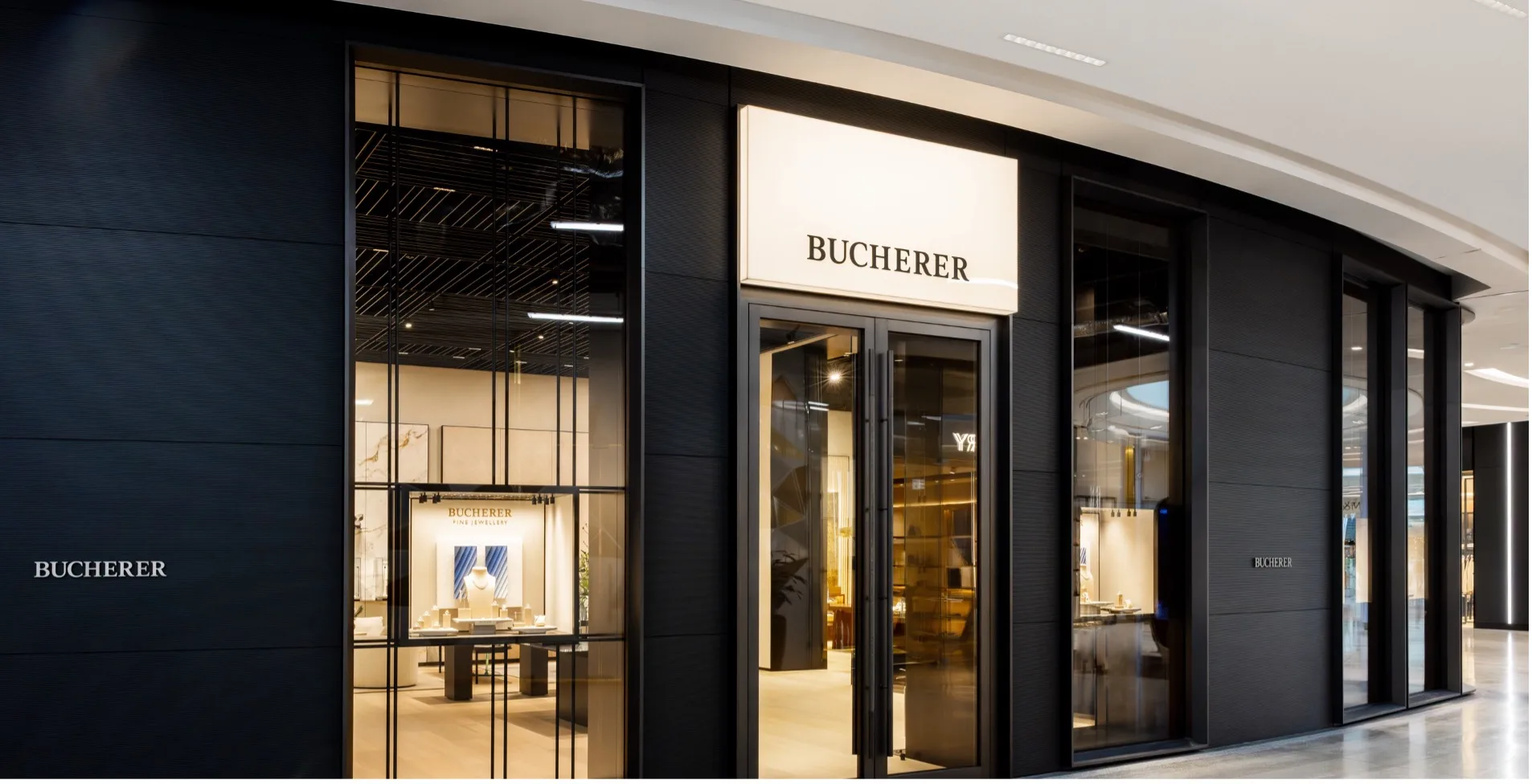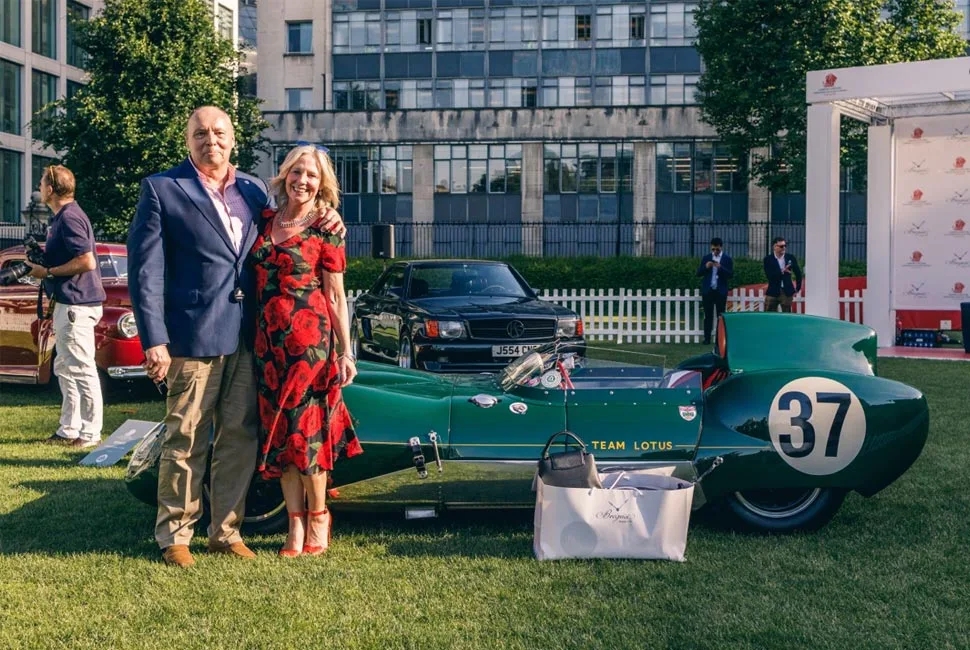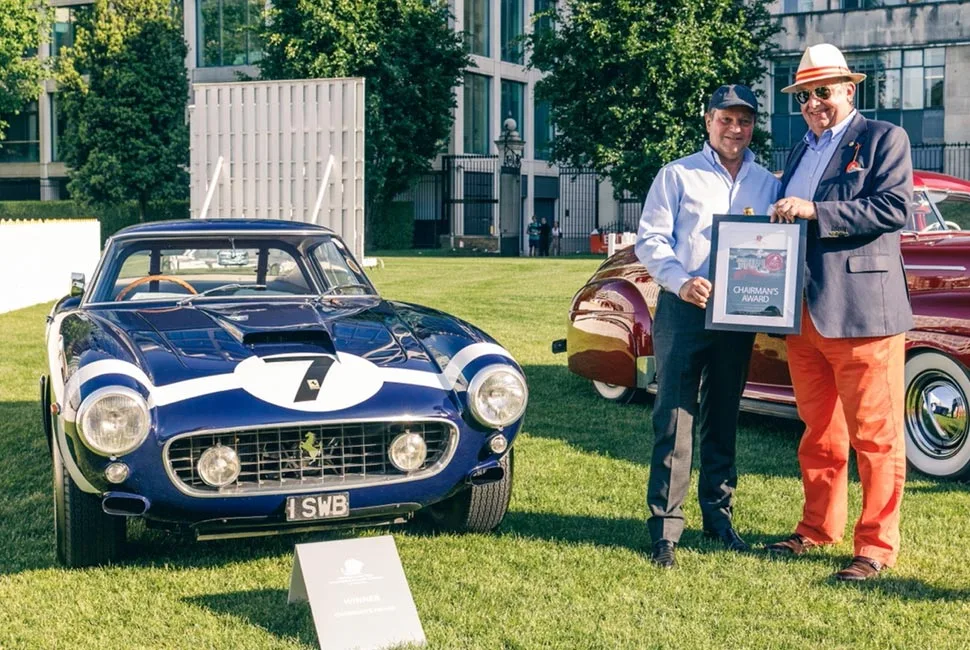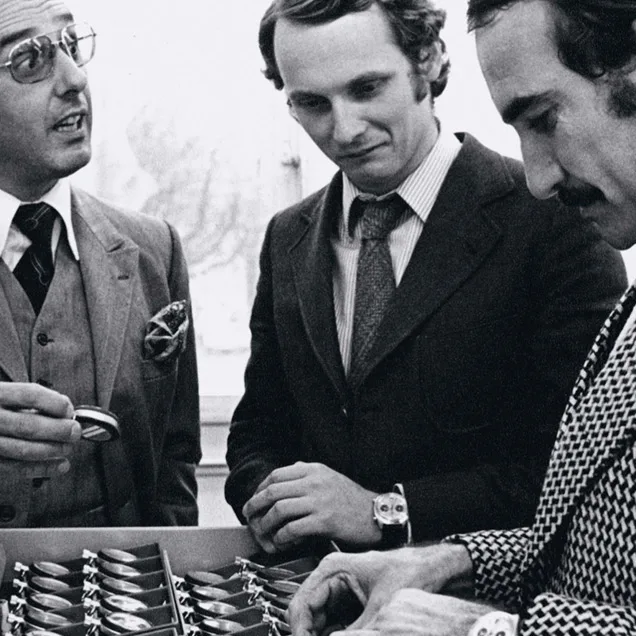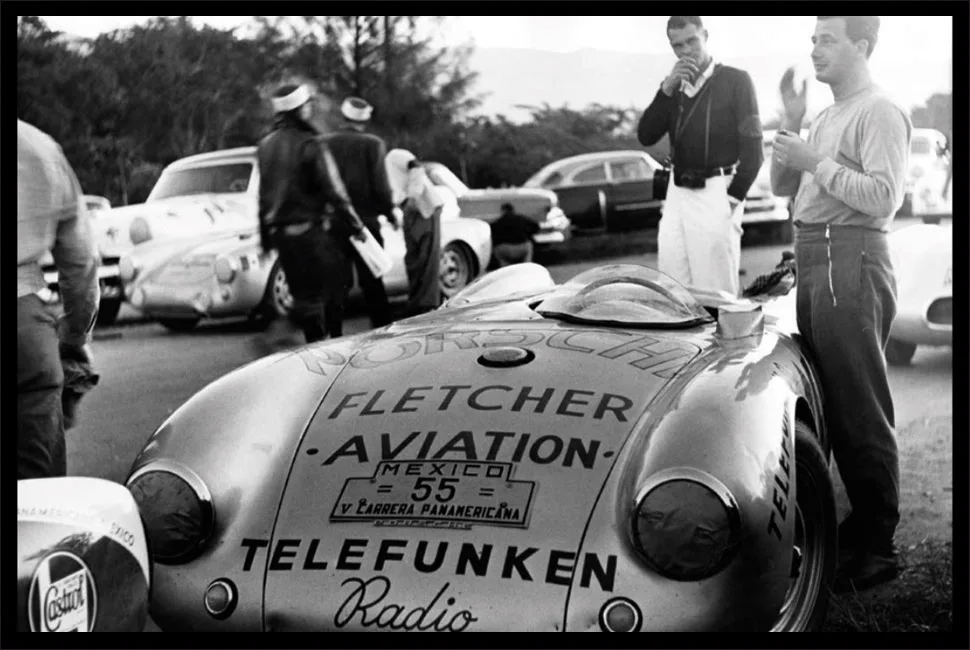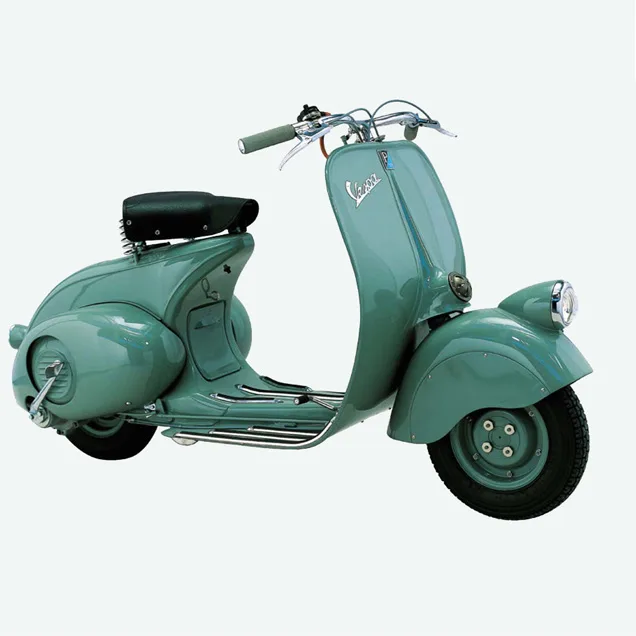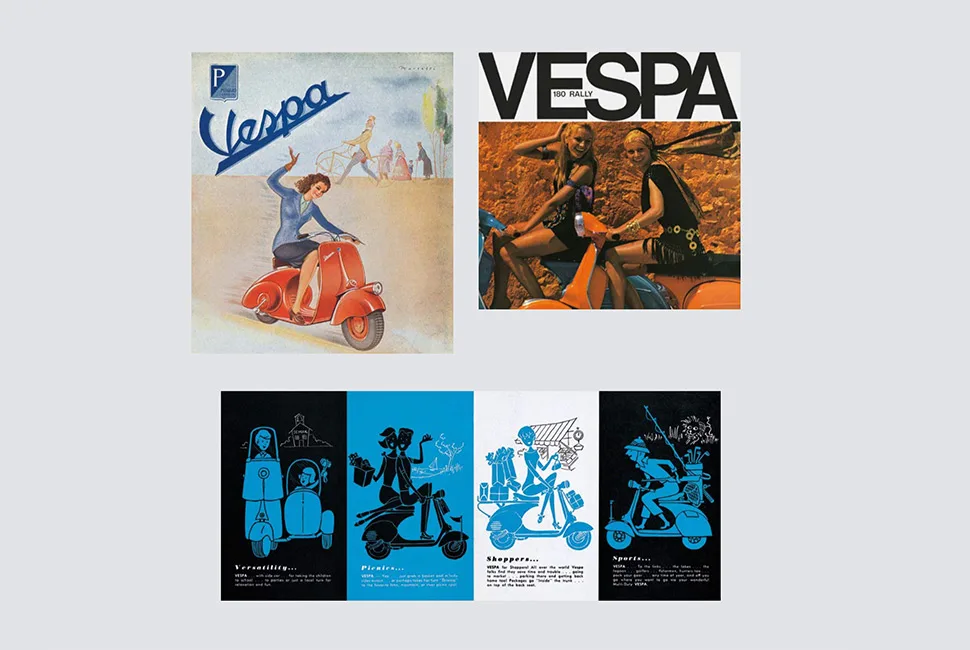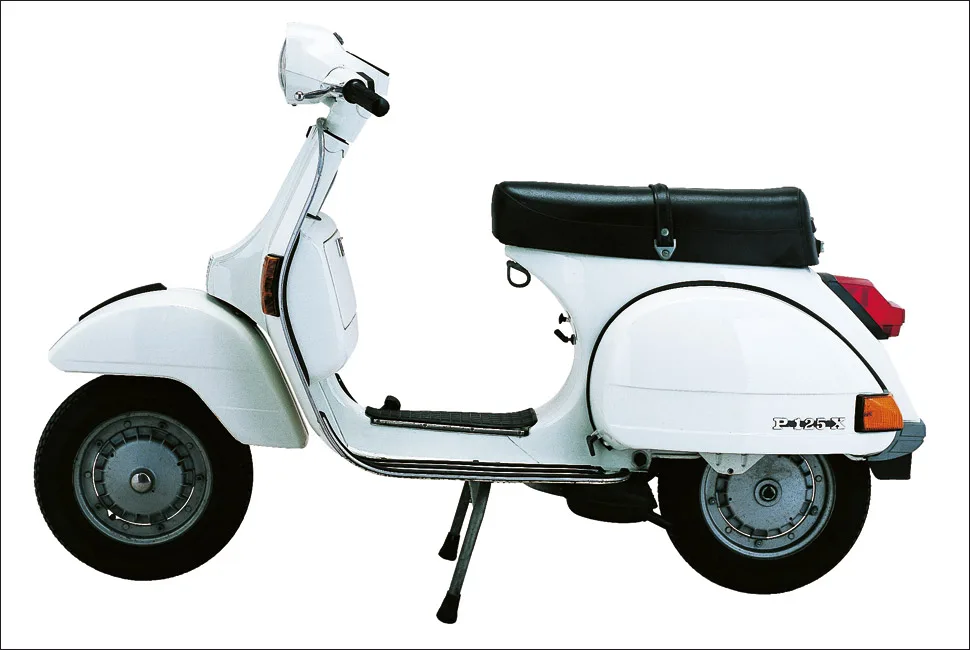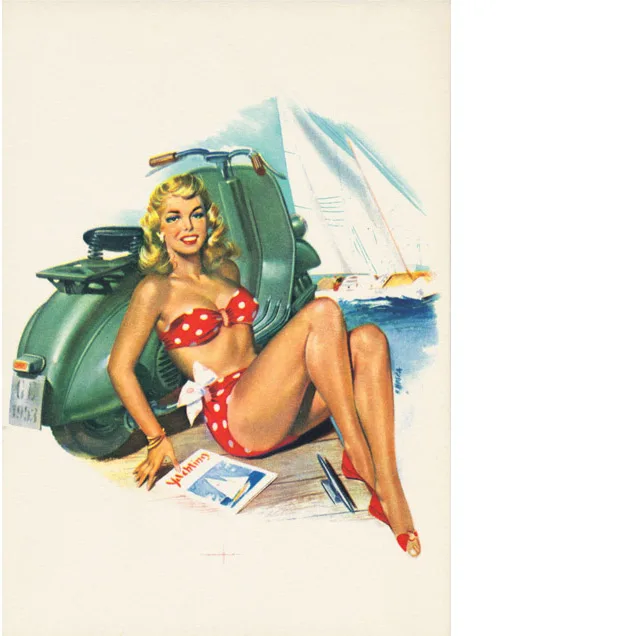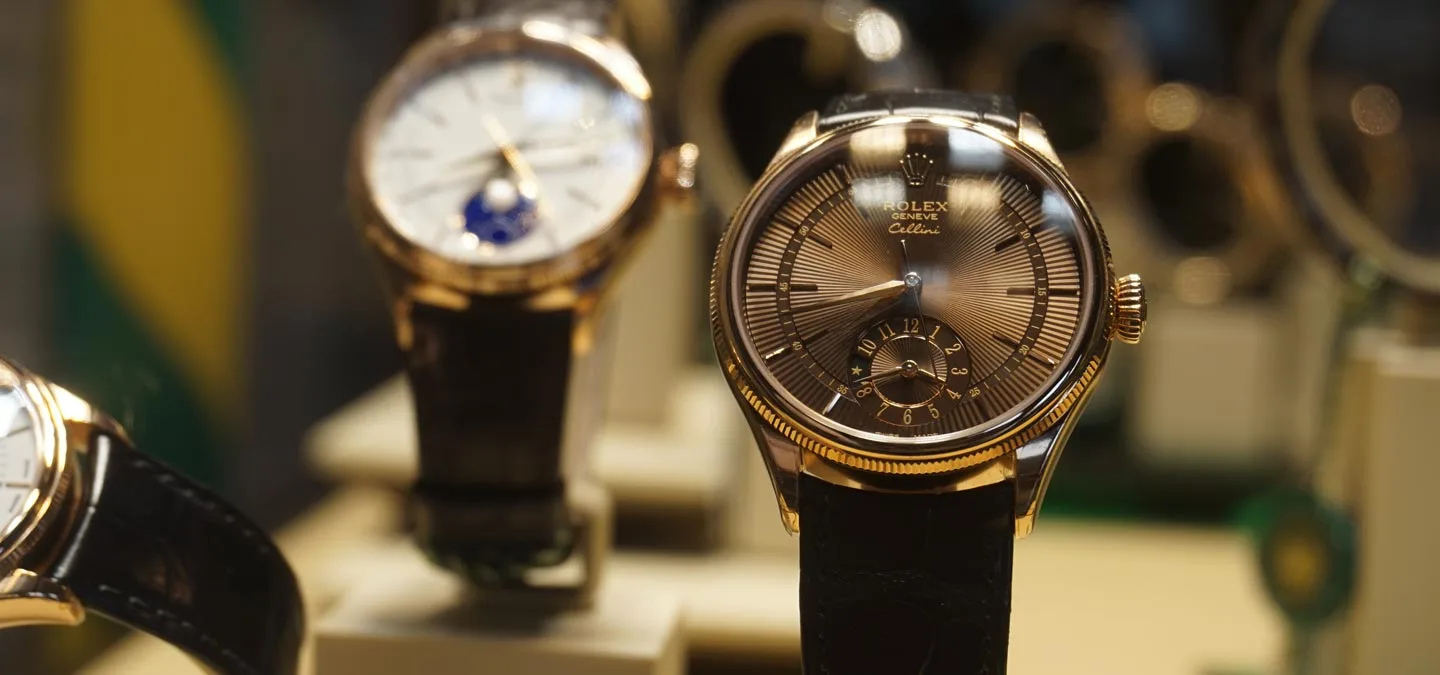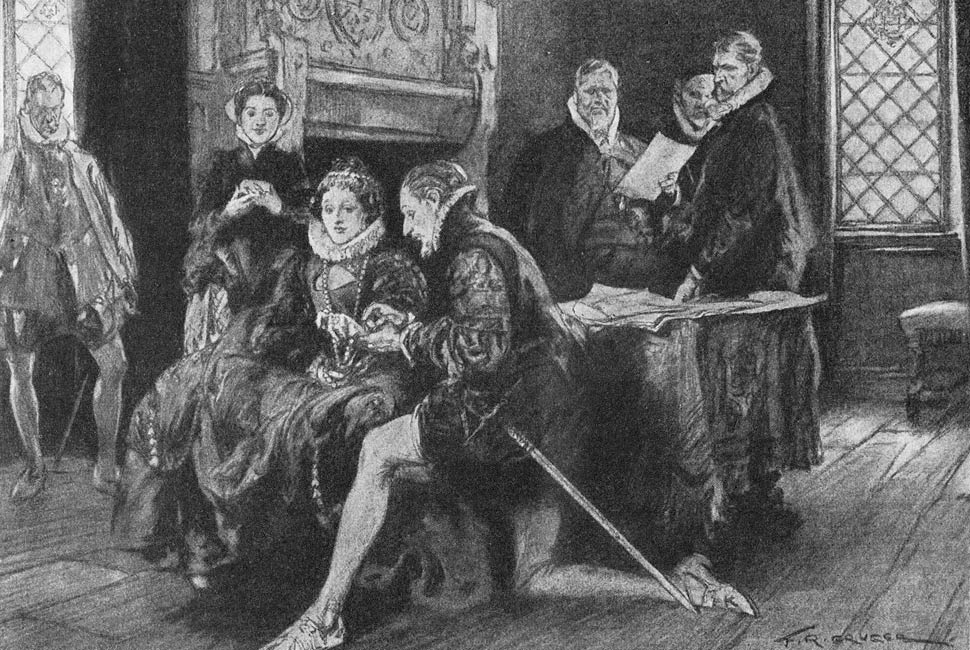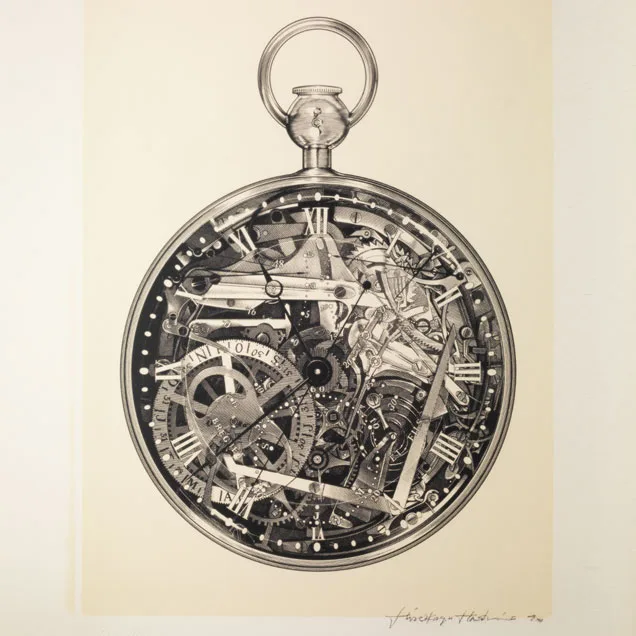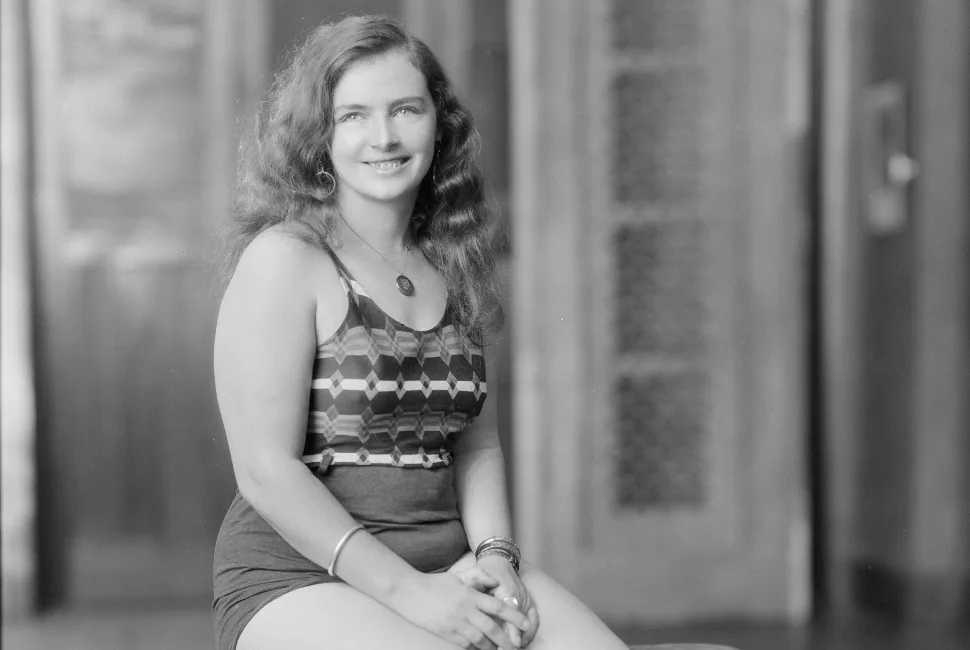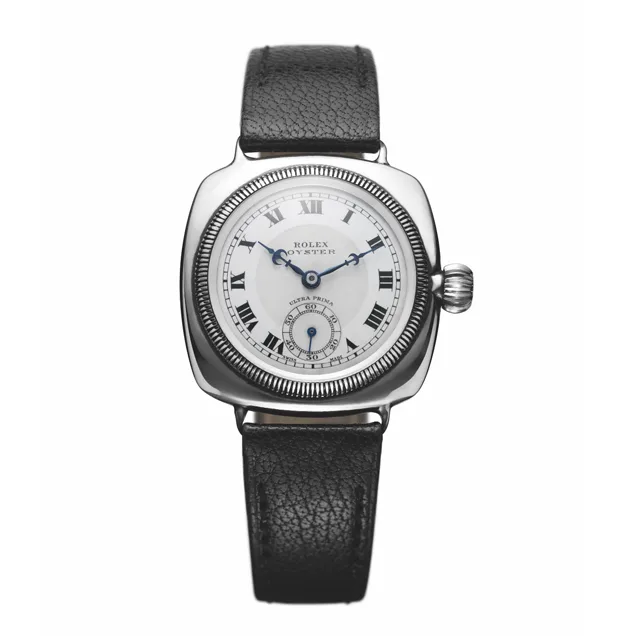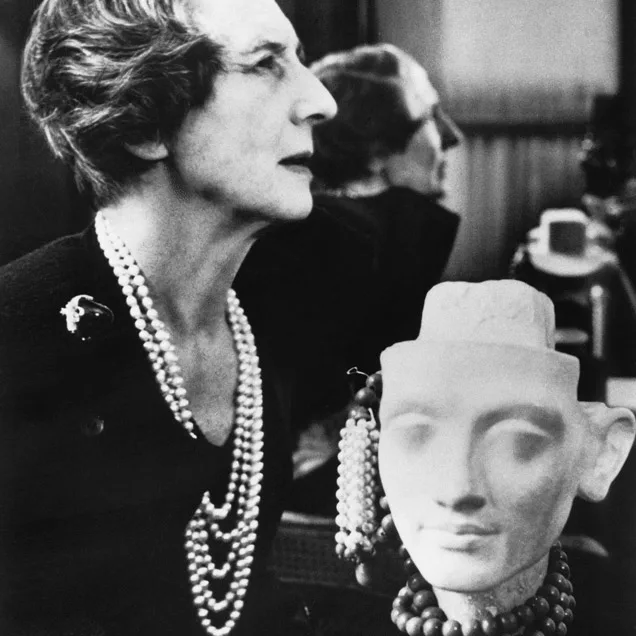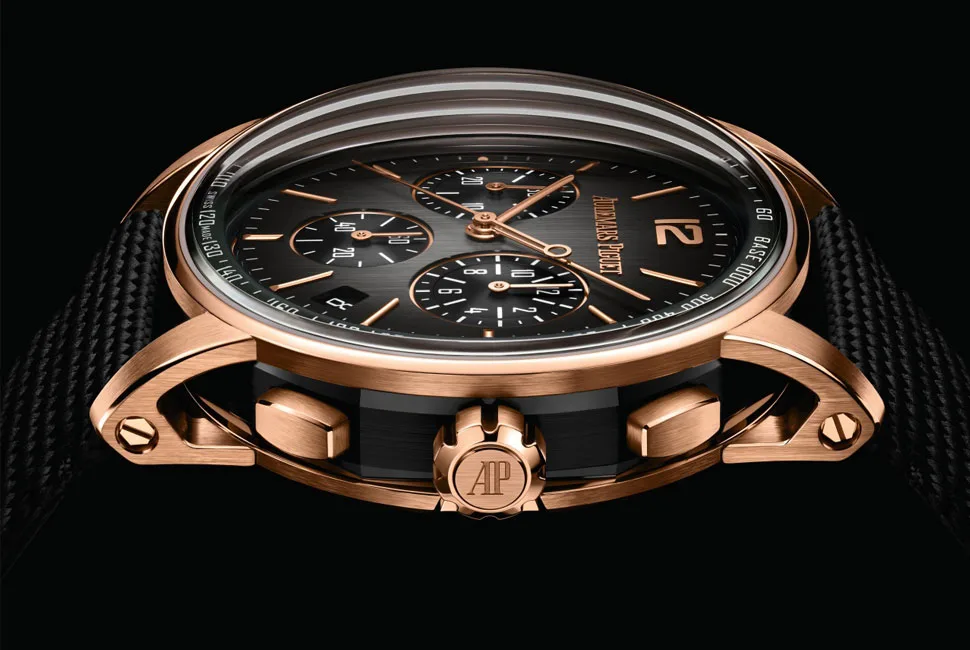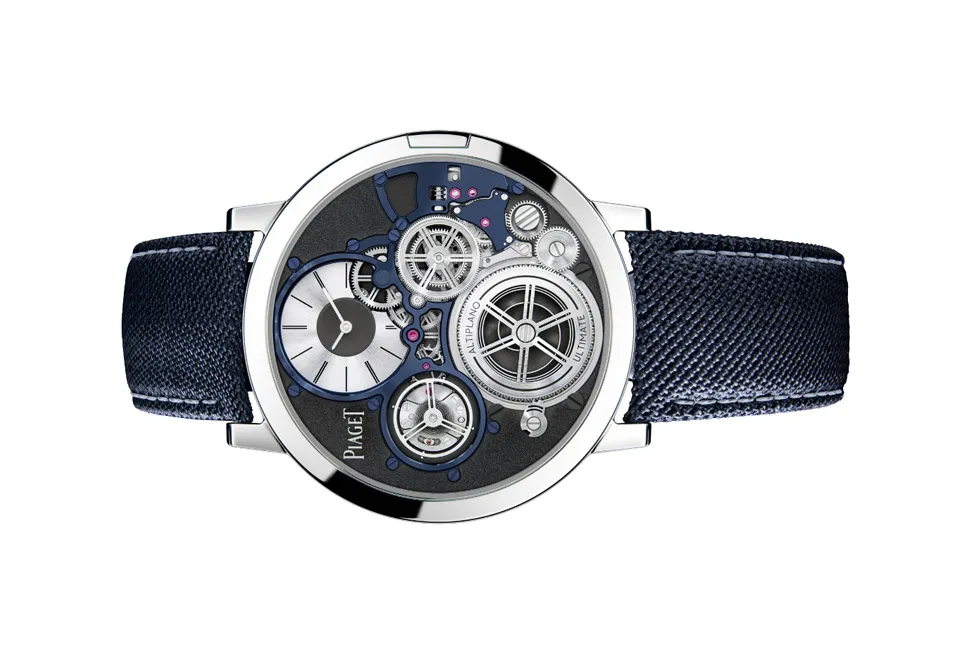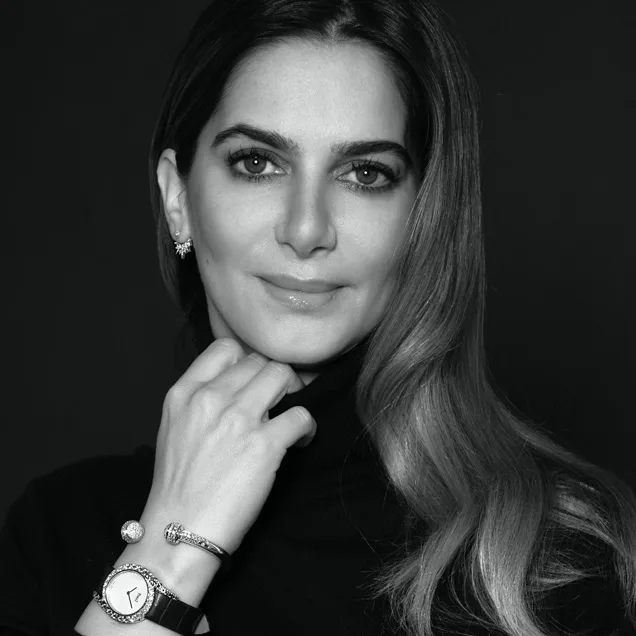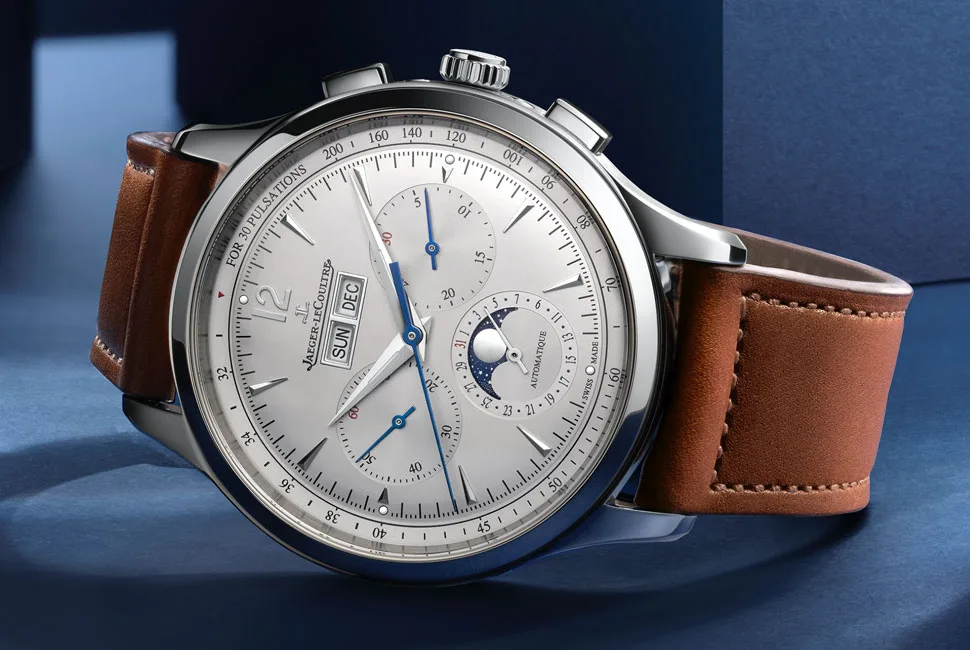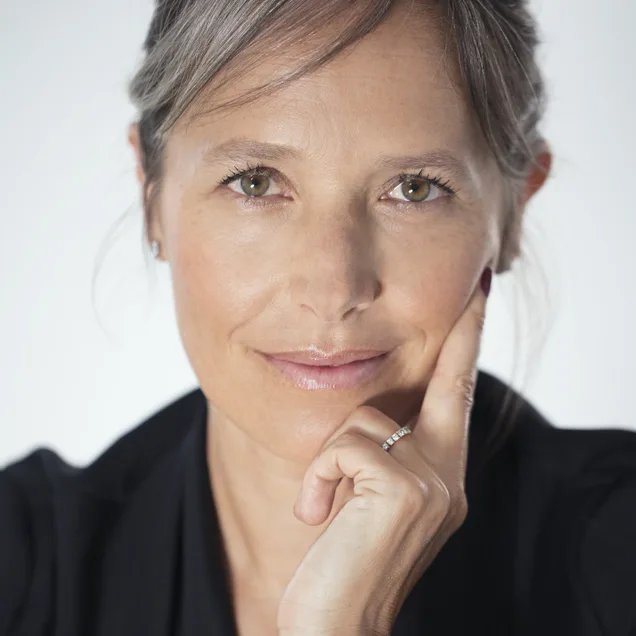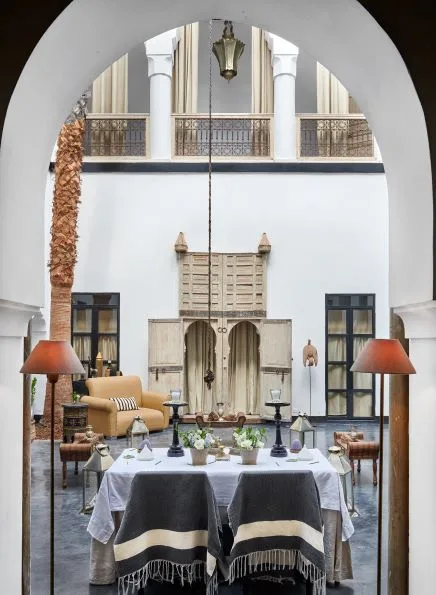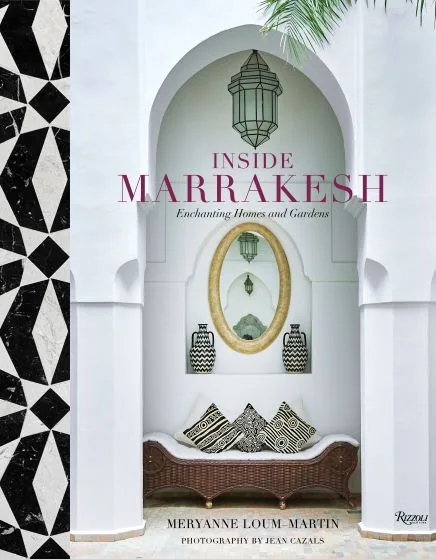Fathers are men who dared to place the world’s hopes and dreams in their children. As such they guide us and help us shape our personality and attitude in the world.
I remember fondly how Scout refers to his father Atticus in Harper Lee’s To Kill a Mockingbird, “It was times like these when I thought my father, who hated guns and had never been to any wars, was the bravest man who ever lived.” As we grow up, I think it is fair to say that most of us miss not spending more time with our fathers. This thought led me to consider presents that would be symbolic of time. I have selected five watches under £5,000 which I believe would cover a wide range of tastes and pockets.
First, I’d like to bring your attention to a brand relatively new to our shores, NUUN, and in particularly, to their new N200 Nautical watch. Inspired by the world of sailing, this timepiece looks sleek and refined despite its robust built, which allows it to withstand the harsh elements when at sea.
The N200 is available with Hindu-Arabic dials and standard indices as options. Very cool…
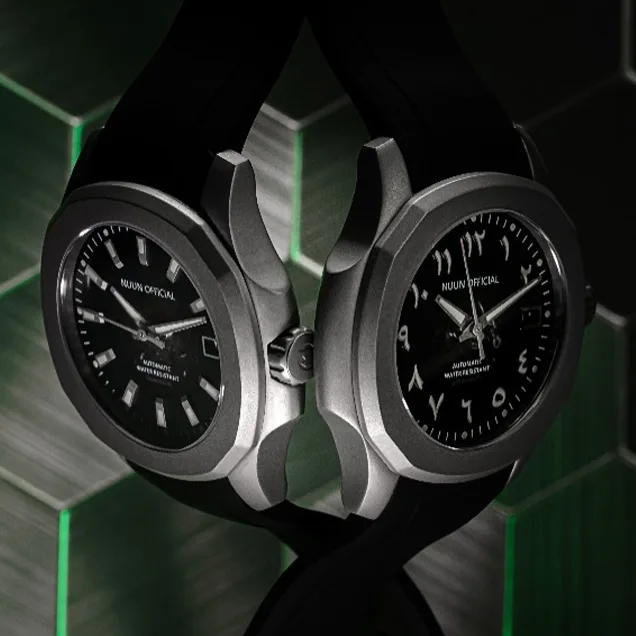
The 40.5mm stainless-steel case of the N200 features a gradient translucent dial with applied indices, and its sapphire crystal is coated with an Anti-Reflective treatment. The indices are filled with Lumibrite lume for readability in the dark. The movement, a Seiko calibre NH35A is visible through the caseback. It comes with a 20mm integrated organic-rubber strap featuring a depth scale at the back. As the name indicates, the watch is water-resistant to 200 metres, with a power reserve of 41 hours. Furthermore, the N200 harnesses kinetic energy from the movement of your wrist.
The collection comes in two coatings, gunmetal and titanium grey. Both are fitted with an open case-back sealed with sapphire crystal and are available with Hindu-Arabic dials and standard indices as options. At just under £500, this watch is a real steal. More HERE.
If your dad has a thing for design, he is probably fond of the Glashütte-based watchmakers NOMOS. With their Bauhaus approach and “democratic luxury” attitude, NOMOS watches are a prime example of design at the service of functionality without the need to compromise. In the Tangente 38, every part of the watch is in proportion, from the diameter of the case to the length of the hands and the spacing of numbers and markers.
€100 from the sale of each watch was directly to providing emergency aid…
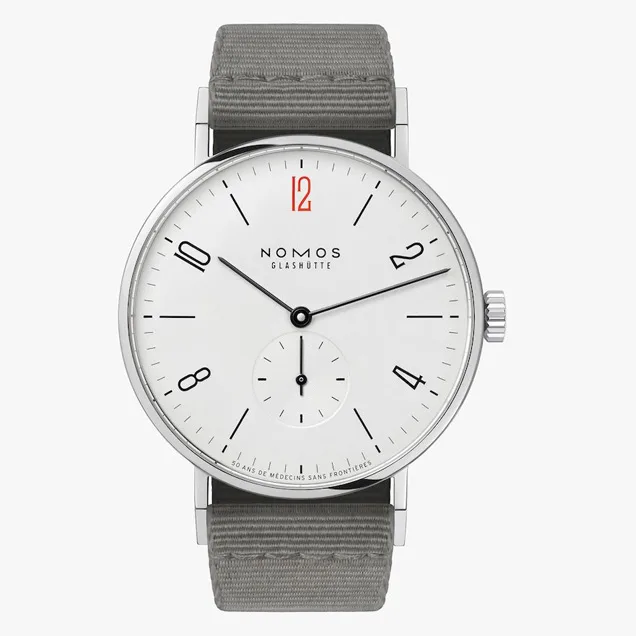
For many years now, NOMOS have supported Médecins sans Frontières. The red 12 references the emergency aid organization, which has fought for 50 years against the consequences of epidemics, natural disasters, and forced migration. To celebrate this anniversary in 2021, NOMOS is producing a special edition of the Tangente 38 limited to 2,021 pieces. The watch features a dark grey textile strap and on the dial, at six o’clock there is the inscription, “50 ans de Médecins Sans Frontières”. £1,620. More HERE.
For those dads who love a bit of nostalgia, the VERTEX Bronze 75 couldn’t be a better choice. Founded in 1916 by British watchmaker Claude Lyons, Vertex watches were one of “the dirty dozen” commissioned by the Ministry of Defence for military use, together with brands like Longines, Omega, Jaeger-LeCoultre and IWC. Vertex closed the doors of its Hatton Gardens headquarters in 1972 but nearly half a century later, the founder’s great- grandson, Don Cochrane, brought the brand back to life.
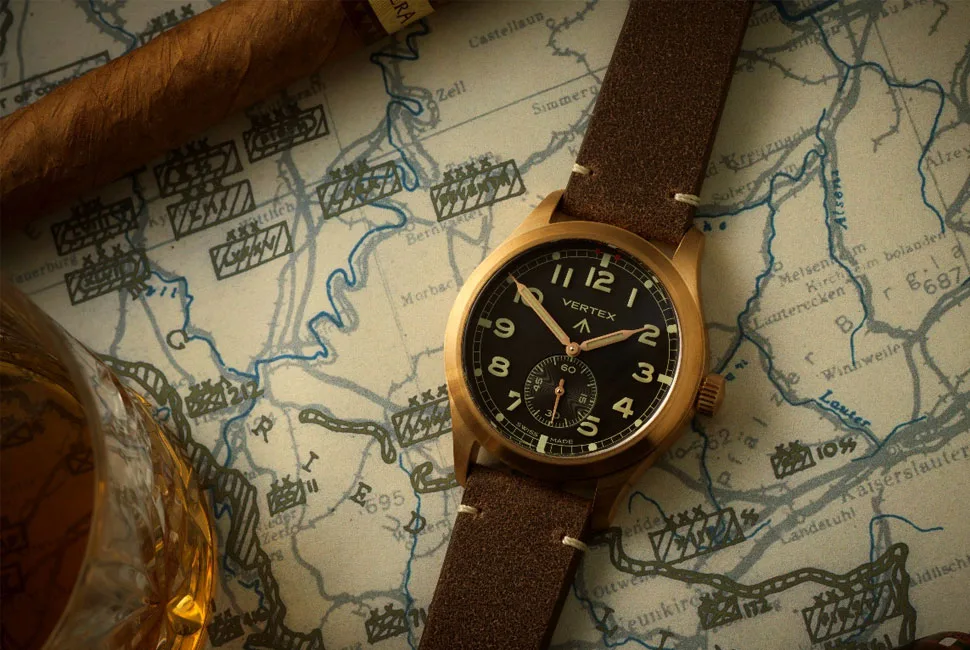
To celebrate the 75th anniversary of the end of the war, Vertex launched the Bronze 75 last autumn, in a 40mm case made of the traditional alloy metal as a tribute to the British Armed Forces during WWII. Bronze shows the passing of time and so the patina of the Bronze 75 will change as the next three-quarters of a century go by. The only concession to modern times is the use of Super-LumiNova® on the dial, in a tone that compliments the colour of the case. The movement is the excellent ETA7001. The case back is an exact replica of the Cal 59 WWW of 1944 and 1945, with its broad arrow and WWW markings, military serial number and edition number.
As with all Vertex watches, the Bronze 75 comes presented in a Pelican box, originally designed for the American military. It is water and pressure proof and according to Cochrane, you can run it over with a tank and you wouldn’t even dent it. The watch comes with three straps: vintage brown leather, Nylon Zulu Alpha and cotton AF0210. RRP. £2,700. More HERE.
As you can see, we are following a bit of an adventurous theme here. The new edition of the Bell & Ross BR 03-93 GMT stays true to its iconic square shape whilst making functionality and legibility are its defining axioms. This is a watch for international travellers, able to keep track of multiple time zones simultaneously.
Its black sunray dial contrasts with its large white photoluminescent numerals and indexes. This colour scheme echoes that used in on-board flight instruments for optimal reading.
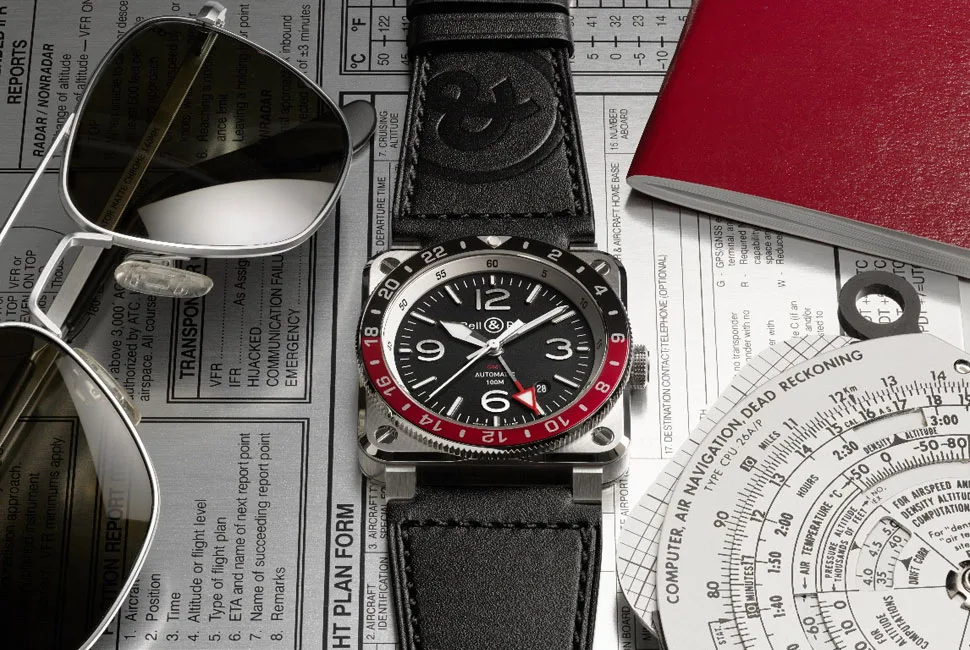
The GMT hand now stands out with its large red triangle perfectly visible both day and night. Spinning around the dial in 24 hours, this fourth hand displays a second time zone (or the local time on a 24-hour scale). For the first time, the iconic square shape is completed with a bi-directional bezel. It enables the reading of the second time zone, but it can also show a third one. Rotating it clockwise subtracts hours and anti-clockwise adds hours.
The bezel is equipped with a 24-hour scale graduation. While the red section indicates daytime, the black backgrounds nighttime. Thus, the two-tone bezel provides a visual contrast / effect for discerning time reading and is made of anodized aluminum. £3,500. More HERE.
If your dad is a bit of a petrol head, the new special edition of the TAG Heuer Carrera Porsche Chronograph will certainly hit the spot. The original Carrera from 1963 was inspired by the instrument panel of a racing car.
The sporty design of the new TAG Heuer Carrera Porsche Chronograph Special Edition is full of references to the history of the two brands…

This new version stays true to the original heritage of the watch, with a few variations to make it a bit more contemporary, such as its bigger size – 44 mm – and the red/black/white styling that mirrors Porsche’s racing colours. The asphalt effect on the dial was created especially for this watch to mimic the road. It even features a display caseback showing a winding rotor design that looks like the steering wheel of a Porsche 911.
Powered by the brand’s Heuer 02 automatic movement, the watch showcases a power reserve of 80 hours and a maximum 12-hour measure for the chronograph. Here featured with a stitched leather strap, it is also available on a steel bracelet. £4,850. More HERE.
Words: Julia Pasarón
Opening picture: Olya Adamovich






